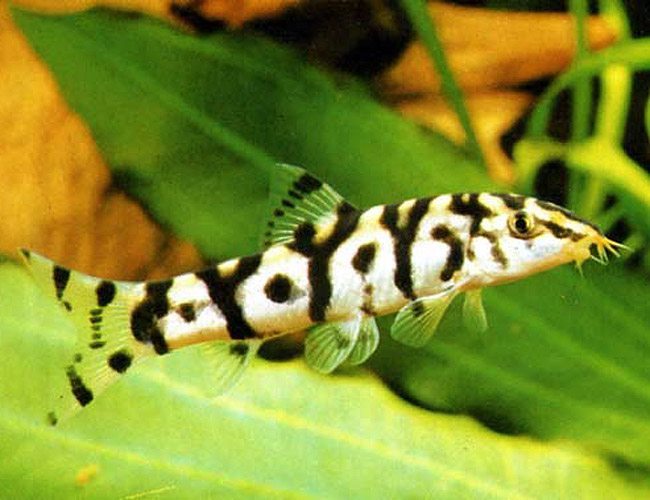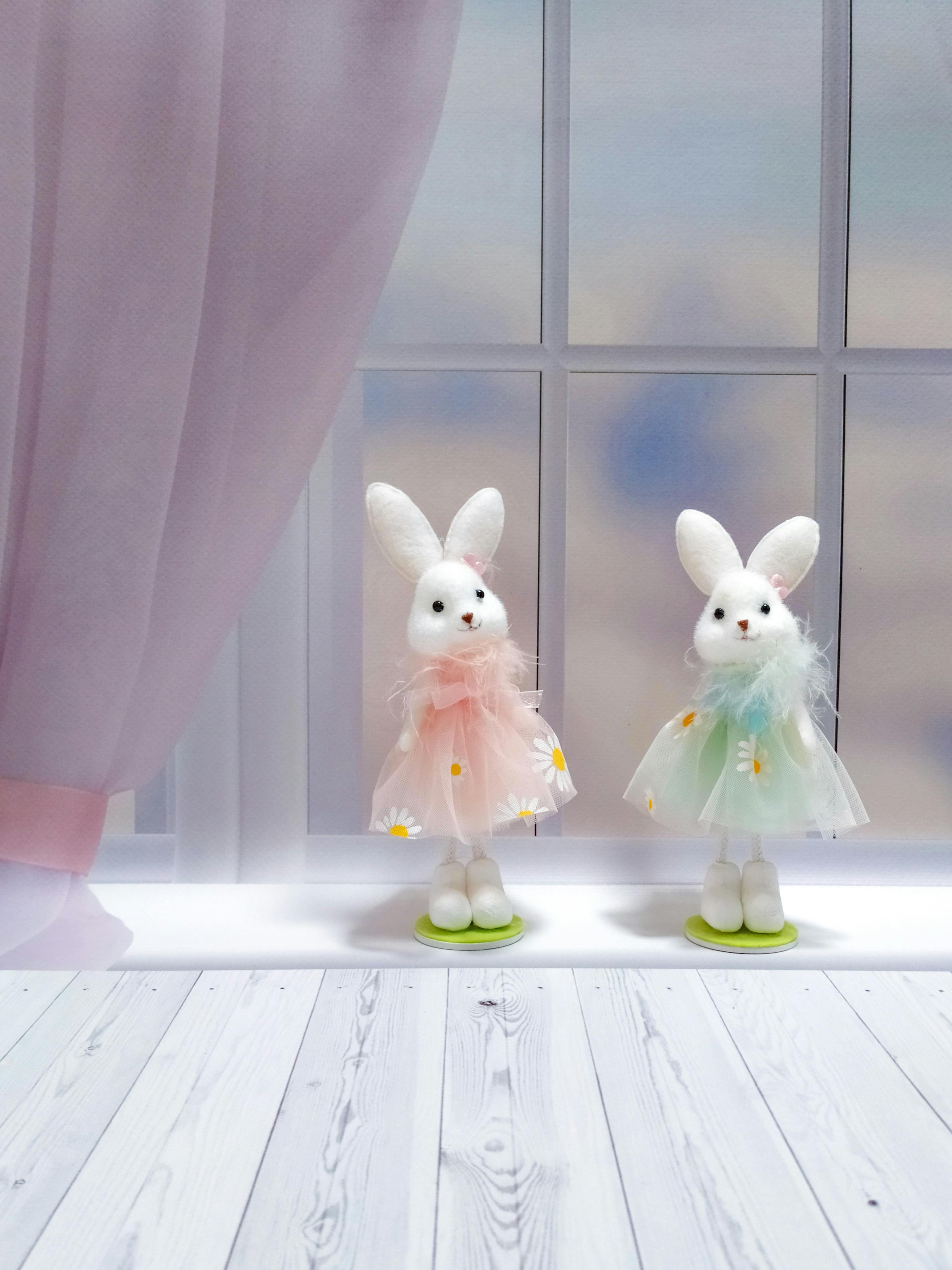Complete Guide to Dwarf Hamster Breeds: Essential Facts for Pet Lovers in 2025
Dwarf hamsters are some of the most beloved small pets around the world, offering a delightful combination of charm and personality. With various dwarf hamster breeds available, prospective owners must understand the unique characteristics, care needs, and social behaviors that define these adorable rodents. In this comprehensive guide, we'll explore the different types of dwarf hamsters, delve into their specific care requirements, and address common health issues and behaviors. Additionally, we'll provide insightful tips for new pet owners to ensure a happy and fulfilling experience.
Owning a dwarf hamster comes with its set of responsibilities, from understanding their dietary needs to creating a suitable habitat. By the end of this article, you'll be equipped with the essential knowledge to choose the right breed for your family and to provide optimal dwarf hamster care.
Key takeaways from this guide include:
- The most popular breeds and their distinct traits
- Essential tips for creating a comfortable habitat
- Understanding dwarf hamster temperament and social needs
- Insightful advice on dwarf hamster feeding and health

Overview of Dwarf Hamster Breeds
Building on the fundamental knowledge of dwarf hamsters, it’s crucial to look into the specific dwarf hamster species that are commonly kept as pets. There are several types, each possessing unique characteristics that influence their temperaments and care requirements.
Introduction to Popular Dwarf Hamster Breeds
The most popular dwarf hamster breeds include:
- Roborovski Dwarf Hamster: This breed is known for its small size, energetic personality, and distinctive facial markings. Roborovski hamsters are incredibly active and require plenty of space to explore.
- Campbell's Dwarf Hamster: These hamsters are friendly and adaptable, making them great pets for beginners. They come with a variety of fur color variations and are known for their sociable nature.
- Winter White Dwarf Hamster: Recognizable for their winter coat, which changes colors, Winter Whites are calm and enjoy human interaction. They are also relatively easy to care for.
Understanding these breeds will help you choose one that fits your lifestyle. Each breed has specific behavioral traits and needs, making it essential to do thorough research before making a decision.
Unique Characteristics of Dwarf Hamsters
All dwarf hamsters are small in size, generally weighing between 1.5 to 2.5 ounces as adults. Their behavior can vary significantly between species. For example, while Roborovski hamsters are more skittish and require gentle handling, Campbell's hamsters are known for their friendlier disposition. Familiarizing yourself with these differences allows you to cater to their individual needs and create a nurturing environment.
Recognizing Dwarf Hamster Lifespan Expectations
The dwarf hamster lifespan averages about 2 to 3 years. Factors such as diet, habitat, and healthcare heavily influence their longevity. Ensuring that your hamster has access to a balanced diet and regular veterinary check-ups will promote a longer, healthier life. Additionally, proper care during their early life stages is crucial in improving lifespan expectations.
Differences Between Dwarf Hamster Breeds
Each dwarf hamster species exhibits distinct behavioral patterns and dietary needs. For instance, whilst Roborovski hamsters are less prone to obesity due to their hyperactive nature, Campbell's and Winter White hamsters may become overweight if not supplied with sufficient exercise. Moreover, understanding their nesting habits and social behavior is key to fostering a healthy living environment.
Conclusion of Overview
By gaining insight into the varieties of dwarf hamsters available, you can confidently choose a pet that aligns with your lifestyle. This leads us naturally to explore how to create a perfect habitat for your new furry friend.
Caring for Dwarf Hamsters: Habitat and Feeding
With an understanding of the different breeds, it's important to know how to care for them effectively. A suitable habitat setup is the basis for ensuring your dwarf hamster's health. Starting with dwarf hamster housing, each breed has specific requirements that must be met for their well-being.
Setting Up a Dwarf Hamster Enclosure
The most critical aspect of dwarf hamster habitat setup is providing ample space for exercise and play. A minimum tank size of 24 inches long is recommended to accommodate their activity levels. Additionally, it should include bedding, tunnels, and toys to stimulate interaction and exploration. Materials such as aspen shavings or paper-based bedding can help keep the environment clean and comfortable.
Dwarf Hamster Diet: What to Include
When it comes to dwarf hamster feeding, a balanced diet is essential. A mixture of high-quality hamster pellets, fresh fruits, and vegetables complements their nutritional needs. Feeding frequency generally consists of once daily, with fresh treats being offered in moderation. Avoid sugary or overly fatty snacks that could lead to health issues.
Understanding Dwarf Hamster Exercise Needs
Dwarf hamsters are naturally very active creatures. Offering activities such as a hamster wheel, tunnels, and chew toys will help keep them engaged and prevent obesity. An exercise wheel should be appropriate for their size, as a wheel that is too small can lead to injuries. Providing a playpen when they are out of their enclosure also encourages safe exploration.
Dwarf Hamster Grooming Tips
Regular grooming is also an important aspect of caring for dwarf hamsters. Their fur requires minimal maintenance, but you should check for dirt or excess oil. Use a gentle brush to maintain clean fur and prevent matting. Also, keep an eye on their teeth, as continuously chewing prevents overgrowth.
Common Health Issues to Monitor
Dwarf hamsters can be prone to several health issues, including respiratory diseases and wet tail. Regular health checks can identify any concerns early. Make sure your hamster has access to fresh water and maintains an appropriate diet to prevent common health problems.
With these practical care tips in mind, it's essential to delve into understanding the personality traits of dwarf hamsters, which will help you bond effectively with your pet.
Dwarf Hamster Personality Traits and Socialization
Understanding dwarf hamster behavior is vital to connecting with your new pet. Each dwarf hamster breed has its unique temperament that influences its interactions with owners and other pets.
Recognizing Dwarf Hamster Temperament
Recognizing dwarf hamster temperament involves observing their individual personalities over time. Some hamsters may be more outgoing and curious, while others may prefer to be less active and shy. Each of these traits shapes how they interact with their environment and humans. Monitoring their actions can help determine their comfort levels.
Dwarf Hamster Social Needs
Many dwarf hamsters thrive on social interactions, particularly Campbell's and Winter White breeds. Furthermore, they benefit from playtime with other hamsters, particularly if introduced at a young age. It is essential to introduce new pets carefully, noting any signs of aggression or territorial behavior.
Effective Handling Techniques
When it comes to handling dwarf hamsters, start with gentle interactions. Allow your pet to smell your hand before picking it up. Gradually introduce them to being handled by lifting them gently and supporting their whole body. Avoid sudden movements to prevent scaring your hamster.
Socializing Dwarf Hamsters
Socialization plays a crucial role in your hamster's happiness. Regular interaction, such as handling, talking, and play, fosters a healthy bond. Provide safe toys and interactive playtime to keep them entertained and engaged.
Recognizing Signs of a Happy Dwarf Hamster
Signs of a happy hamster include active behavior, exploratory tendencies, and willingness to interact. Noticing their physical health can also be key; bright eyes and a healthy coat are indicators of overall well-being. Ensure to monitor their social behaviors and adjust playtime accordingly.

Health Care for Dwarf Hamsters: Common Diseases and Veterinary Check-Ups
To maintain the well-being of your dwarf hamster, understanding potential health challenges is essential. Regular veterinary check-ups can help you keep on top of your hamster's health.
Identifying Common Dwarf Hamster Diseases
Dwarf hamsters can face several health challenges, such as wet tail, tumors, and respiratory issues. Signs of health problems can include lethargy, changes in appetite, changes in fur texture, and abnormal behavior. Identifying these signs early can lead to effective treatment.
Dwarf Hamster First Aid Basics
Learning basic dwarf hamster first aid is beneficial for all owners. Having a small first aid kit with essential supplies, such as antiseptic and gauze, ensures you're prepared for minor injuries. Always consult your veterinarian before applying any medication to your pet.
Scheduled Veterinary Visits
Regular visits to the vet ensure peace of mind regarding your pet's health. Arranging a check-up at least once a year helps identify any underlying issues and maintain overall wellness.
Understanding Dwarf Hamster Aging Signs
Aging hamsters will show noticeable changes, such as reduced activity levels, changes in their eating habits, and alterations in coat quality. Providing an enriched environment can help keep them mentally stimulated as they age.
Importance of Good Nutrition for Health
A well-rounded diet contributes significantly to disease prevention. Opting for high-quality hamster pellets alongside fresh fruits and vegetables ensures a balanced nutritional intake. Avoiding poor-quality treats can also prevent obesity and other related health issues.
Q&A Section: Addressing Common Concerns
What is the average lifespan of a dwarf hamster?
The average dwarf hamster lifespan ranges from 2 to 3 years, influenced by care, diet, and health monitoring.
How often should I feed my dwarf hamster?
Feeding frequency usually consists of once daily, with careful attention paid to avoiding overfeeding.
What are common behavioral signs of a stressed dwarf hamster?
Signs of stress can include excessive sleeping, loss of appetite, and aggressive behavior when handled. Monitoring their environment closely will help you recognize these signs.
Do dwarf hamsters need companions?
Some species of dwarf hamsters, like Campbell's and Winter Whites, can thrive with companions if introduced early, although solitary living is ideal for Roborovski hamsters.
How can I enrich my dwarf hamster's habitat?
Providing tunnels, exercise wheels, chew toys, and hiding places enhances stimulation and enrichment for your hamster's habitat.
Providing proper care and understanding your dwarf hamster's needs enhances the bond between pet and owner. Following these insights will ensure a rewarding experience as a dwarf hamster owner.
